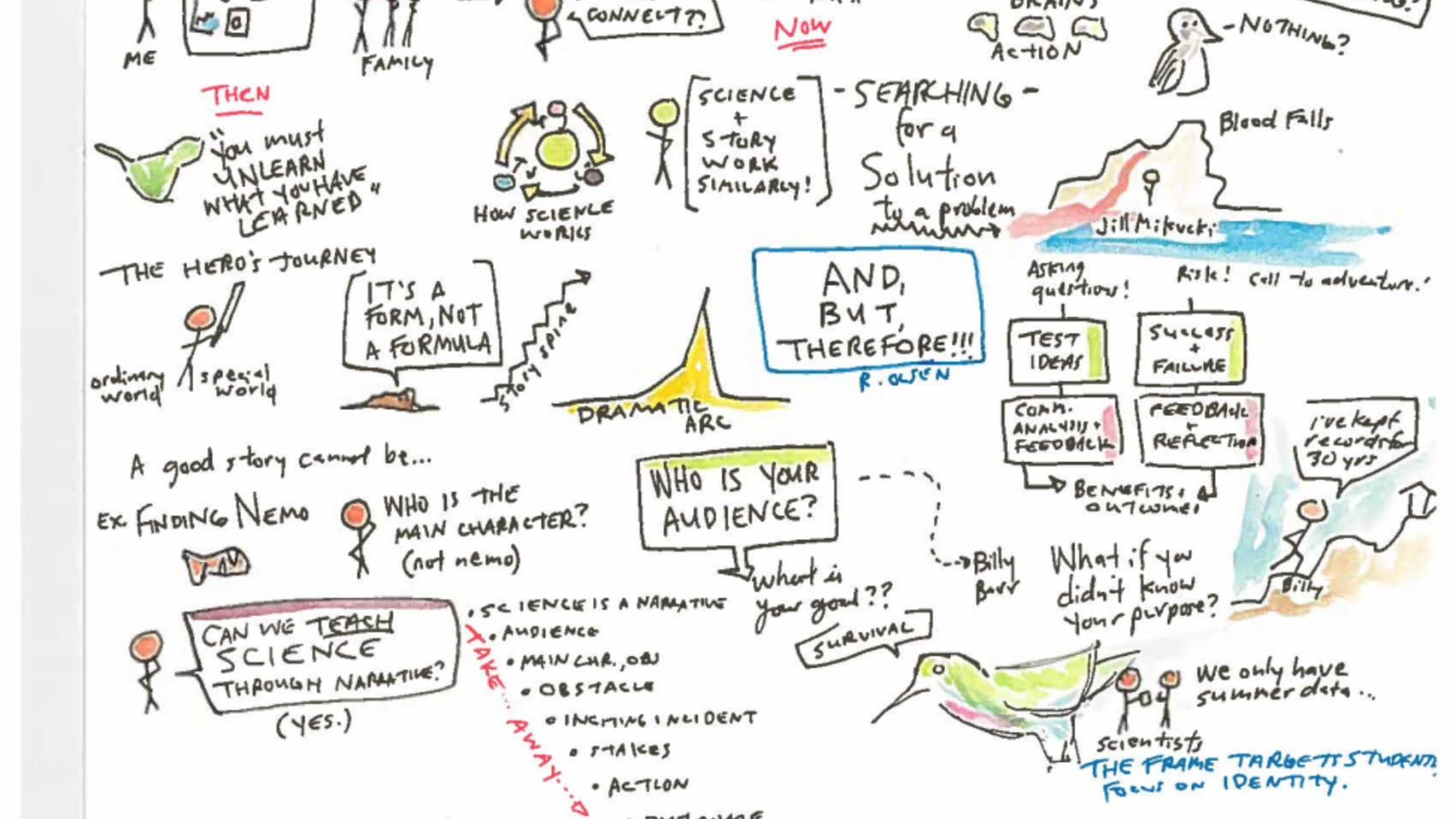
Science and art find common ground: the importance of storytelling
Public Library of Science
05.16.2018
What you lose in accuracy, you gain in power
This was the thesis statement of Eric Rodenbeck, Founder & Creative Director of Stamen Design, an award-winning data visualization firm in San Francisco. He made the point that exact accuracy can actually diminish the accessibility or appeal of information. The real goal is a representation of the truth that draws people in. Maps, for example, are never exactly accurate, but are useful and aesthetically pleasing. This philosophy should apply to any form of communication, he argued, especially when it comes to science. “We can’t seize up when the press gets something wrong and not communicate at all because of it,” Rodenbeck said. “That will happen anyway, and that’s ok.” Instead of withdrawing, we can engage and set the record straight when necessary.
Don’t say it, show it
This concept echoed in pretty much every talk in the symposium, especially the talks on visual media. Angela Lepito illustrated this point explicitly with a scene from How to Train Your Dragon, in which the main character bonds with a dragon using only body language. Emilie Lorditch highlighted the shared reliance on visual communication amongst scientists (graphs, charts), journalists (photos, video clips), and screenwriters (cinematic sequences).
Eric Rodenbeck stressed that visualization is not context-free. The visualization alone will be interpreted differently by different people. Rather than compensating by overloading the visuals with details, he recommended using the visual to draw people in and get them asking questions. You can provide context outside of the visual itself (e.g., in the caption or article text) to explain exactly what you are communicating.

